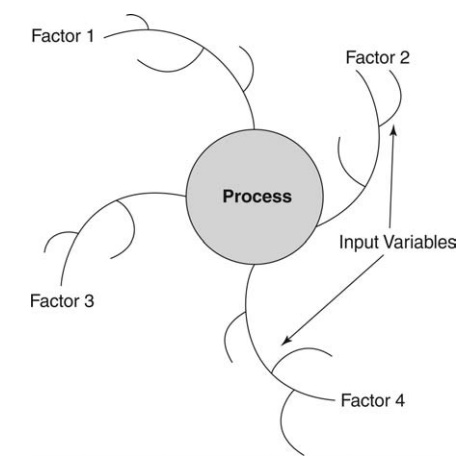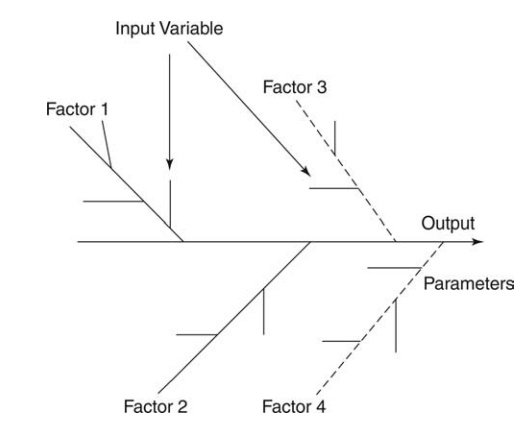Tools for Process Development
| Home | | Pharmaceutical Technology |Chapter: Pharmaceutical Engineering: Quality by Design
Thorough documentation of all potential variables in a process is essential to defining the objectives of any experiments.
TOOLS FOR PROCESS DEVELOPMENT
Thorough
documentation of all potential variables in a process is essential to defining
the objectives of any experiments. It is rarely the case that a single
individual has the capacity to create the database necessary to support this
activity. Consequently, a variety of brainstorming tools intended to facilitate
identification of all variables by a group of people involved in the process
development have been designed. These include, but are not limited to, mind
mapping and fishbone (Ishikawa) diagrams. It is important to use a tool that is
most convenient and facilitates the thought process of the group. A mind map
considers the way in which paths from an outer region of ignorance to a central
well-defined process are characterized by the impinging variables as shown in
Figure 17.2. A fishbone diagram defines a process as a linear phenomenon in
which variable impinge on a line leading to a clearly defined output as shown
in Figure 17.3. Depending on the stage of assessment and the intent of the
review either of these approaches might be expected to give a thorough
pre-liminary understanding of the process under consideration.
It
is important to the process that all opinions are welcome, no judgment is
placed on the priority of the input variable or that premature blocking
(analysis) of the variables occurs. In this manner all parties who might be
able to con-tribute to the discussion are encouraged and any dominant
personalities are set aside for the purpose of the initial review. Only when
all opinions have been rendered and a list of potential variables has been
collected is the second step of blocking the variables, in terms of their
dependency or their proximity, or dis-tance from, the final output, undertaken.
Again this should be reviewed by the group for general agreement on the
framework of relationships of the variables under consideration.

FIGURE 17.2 Schematic illus-trating the
approach to mind mapping.

FIGURE 17.3 Schematic illustrating the
fishbone approach to capturing input variables and their relationship to output
properties.
Once
a framework has been constructed, a judgment is made regarding the potential
significance of each input variable to place emphasis in the experimental
design on the potentially most significant variables. All minor variables are
then controlled within defined limits to mitigate their contribution to the
overall outcome of the subsequent experiments.
This
approach has several valuable implications as follows for the process
development:
1. It maximizes the potential of identifying all relevant
variables.
2. It builds confidence in the group that all factors have
been considered.
3. It allows a range of expertise to be brought to bear,
which minimizes the potential to overlook factors.
4. Involves several opportunities to review and reevaluate
before conducting time-consuming and sometimes expensive experiments.
5. Allows a rational experimental design that will lead to
definition of process space.
To
achieve these objectives appropriate statistical methods (chap. 18) and methods
of obtaining data on the process are required, preferably with an ability for
real-time monitoring and control through process analytical technology (chap.
19).
